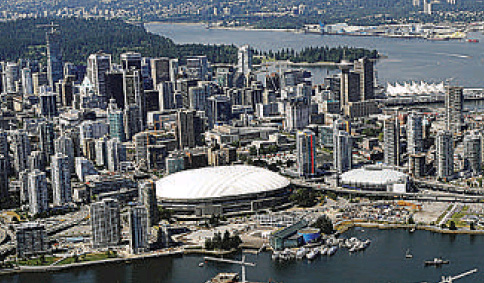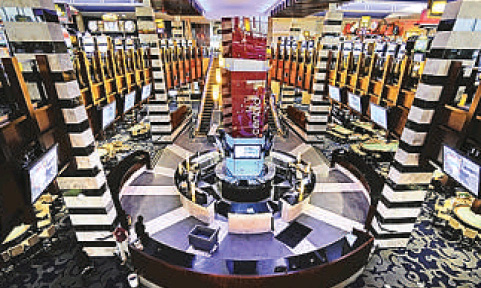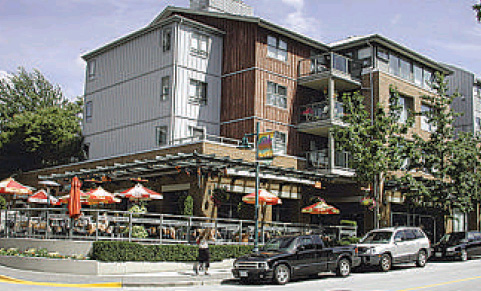Major transformation will, it is hoped, turn this outdated
ULTAN KAMPFF
Sun
The shovel hits the ground today and a new chapter in downtown Vancouver history begins. Construction of a redesigned Granville Street — from the north end of the bridge to Cordova Street — is now underway.
Eleven blocks in the centre of the city will be transformed into what all Vancouverites hope will once again be a “ great street.”
“ Great streets” are defined by renowned urban planner Allan Jacobs, a consultant on this project, as “ wonderful, fulfilling places to be — communitybuilding places, attractive for all people.”
Of all our streets downtown, Granville has seen the most changes over the past 10 years. From its heyday as the Great White Way with its neon lights, a period as a transit-only mall, to upgrades in the 1970s that failed to bring the vibrancy and economic injection expected, Granville Street has tried to keep up with the times.
Now its time has come to once again transform itself into a marquee destination.
The redesign, managed by the City of Vancouver, designed by local firm PWL Partnership Landscape Architects Inc., and constructed by Victoriabased Jacob Bros. Construction, will implement the “ modified enhanced existing” design option as chosen by Vancouver city council in 2006.
This option proposes the fewest changes to the existing operation of the street. North of Smithe Street, the existing curved bus mall will be straightened to provide a consistent sidewalk width of 8.5 metres for pedestrians. South of Nelson Street, traffic patterns would remain unchanged.
The sidewalks south of Nelson will be widened by the width of the existing parking lane to provide a flex sidewalk that can be used to accommodate parked vehicles between street trees during the day.
At night, the parking spaces will be closed off and converted into more sidewalk space to accommodate the high volumes of pedestrians who come to the street for the entertainment options that are available.
Buses and authorized vehicles would continue to use the dedicated lanes north of Smithe.
A one-block civic event space will be created between Robson and Georgia. This space, characterized by both permanent and temporary installations, will be a natural — and muchneeded — location for festivals and major outdoor events.
Access to the two Granville Street rapid transit stations between Robson and Dunsmuir Streets will also be facilitated by the wider sidewalks of the civic space.
An installation of vertical lights the full length of the street will pay homage to Granville’s history as the Great White Way. It will also differentiate Granville from all other streets in the city and create a unique gateway into the downtown core that will unify the various uses and elements of the street.
Pedestrian access to all businesses will remain open during construction, which will start at Drake Street and move one block at a time northward.
It goes without saying that we encourage shoppers to continue to frequent the street and check out history in the making.
After decades of dreaming, this next chapter in the street’s history will take just one year to finish.
Construction will be complete by November 2009, in time for the opening of the two Canada Line stations on Granville Street and in time to welcome the world for the 2010 Winter Games.
If history has taught us anything, it’s that you can build a street — great or otherwise — but if you don’t nurture it, program it, plan it, clean it and engage people in it, all the shiny furniture, clean sidewalks and bright lights won’t sustain it.
Great streets, by design, lend themselves to people gathering, socializing and engaging with each other. But great streets are also purposefully programmed and well used to encourage visitors to linger and enjoy the space.
The adage “ build it and they will come” may be true, but program it, and they will stay.
Today we have a once-in-a-generation opportunity to work together to ensure that when the ribbon is cut 12 months from now, a robust and welldefined management plan for the new Granville Street is in place.
Yes, it will cost money, time and dedicated staff resources to make it happen. But, if we don’t commit now, the $ 20.8 million investment in the construction of the street could be for naught.
We’re up to the challenge and open to partnering with like-minded individuals and organizations. Three hundred and sixty-four days and counting.








